_Article
How to Reactivate Inactive Customers (Guide with 9 Examples)
Learn how to reactivate your inactive customers with 9 re-engagement campaign examples. 24+ inspiring reactivation email subject line examples included.
_ Article
A customer who unsubscribes from your services or hasn't renewed their purchases for a long time: that's what churn is. It's also referred to as attrition or, quite simply... loss of customers.
Customer attrition is measured by the churn rate, which corresponds to the percentage of customers or subscribers lost over a given period.
Preventing churn is a strategic goal for all companies, especially those based on the subscription business model. For a simple and logical reason: a company cannot grow if it regularly loses a significant portion of its customers, even if it succeeds in acquiring new ones (the leaky bucket trap).
To reduce your customers' or subscribers' churn rate, you must both understand the causes of churn and implement strategies to minimise customer loss as much as possible. Why do my customers "churn" (apologies for the neologism)? How to prevent customer attrition and thus reduce the churn rate? These are the two questions we will address in this article.
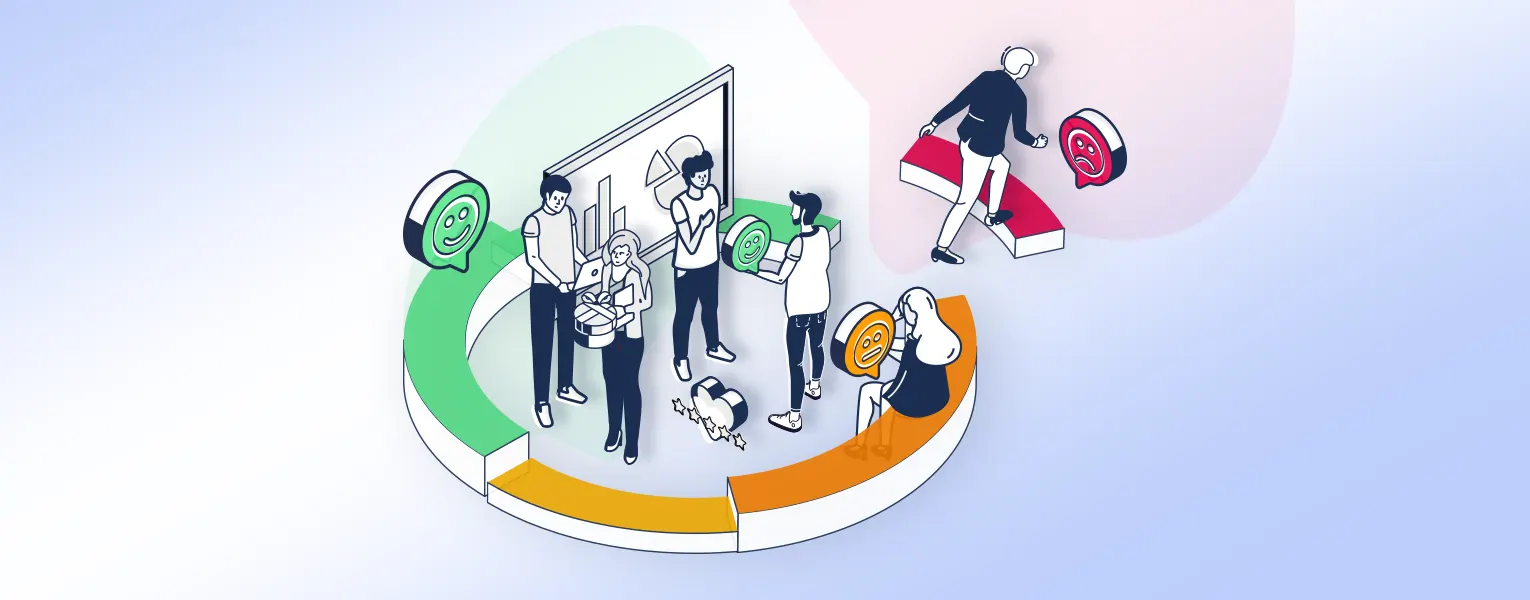
A little clarification to start: churn is a concept widely used by companies whose business model is based on subscriptions (media, SaaS, etc.). In this context, churn refers to unsubscribing. Companies whose business model does not rely on recurring revenue also monitor churn, but the term takes on a slightly different meaning. In Retail, for example, a customer "churns" when they stop purchasing products over an extended period (quarter, semester, year...).
In both cases, churn signifies a loss of customers, and therefore revenue for the company. Our article addresses the issue of churn in general, but we will often refer to subscription businesses.
Churn is not a uniform phenomenon. It manifests in various ways, each requiring a specific approach to address.
Traditionally, we distinguish:
Involuntary churn. This type of churn occurs when customers lose access to a service due to payment issues (expired credit card, various administrative hurdles) without intending to unsubscribe.

Voluntary (or active) churn. Voluntary churn happens when customers actively decide to end their subscription or stop using a service. This can be due to dissatisfaction, finding a better offer elsewhere, or a change in their needs or financial situation.
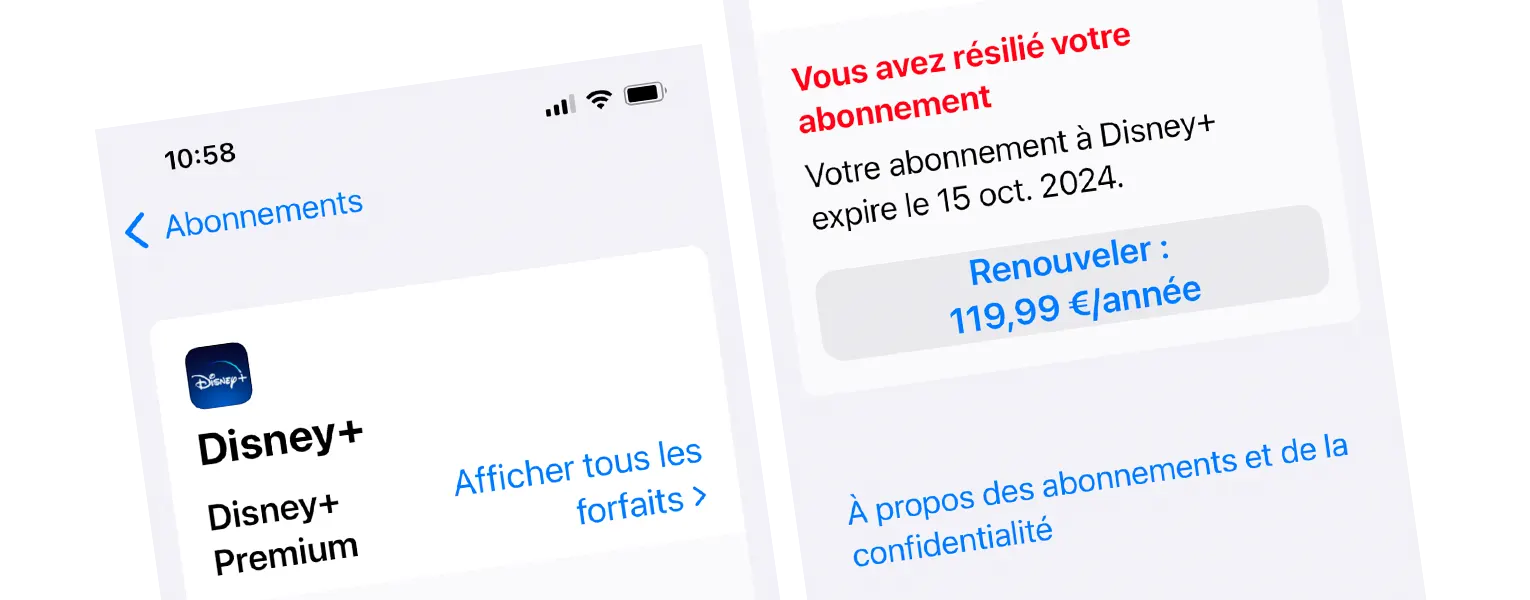
Passive churn. This type of churn occurs when customers gradually drift away from a service, often due to a lack of engagement or interest, until they become inactive without having made an explicit decision to leave.
Voluntary and passive churn call for different prevention techniques. Involuntary churn, on the other hand, is beyond our scope. Reducing involuntary churn requires technical rather than marketing actions.
Now, we will present the main reasons that can lead a customer to stop buying or unsubscribe from a service. Understanding why your customers "churn" is a prerequisite for implementing an effective anti-churn strategy.
Here are the most common churn factors:
A poor user experience. Complex user interfaces, bugs, or slow loading times can frustrate your customers and prompt them to look for alternatives elsewhere.
Unsatisfactory customer service. A lack of efficiency, responsiveness, or accessibility in customer support is a significant cause of churn. We'll get back to this.
High prices (or a lack of perceived value). Customers are likely to unsubscribe if they feel the service does not offer good value for money or if prices are perceived as too high compared to competitors.
Competition. The existence of dynamic and aggressive competition logically increases the risk of your customers leaving for alternatives.
Evolution of customer needs. A customer may decide to stop buying or unsubscribe when what you offer no longer meets their expectations or needs.
Poor communication. Irrelevant communications, poor management of marketing pressure, or on the contrary, a lack of communications can lead some customers to turn away. This is the opposite of what marketing communications are designed for: customer engagement!
Poor quality products or services. Defects in the products or services you market, or a decline in quality over time, can reduce customer satisfaction and encourage churn.
An overall unsatisfactory experience. A disappointing customer or user experience leads to customer dissatisfaction. Customer dissatisfaction is the antechamber of churn.
Two churn factors are independent of your company: competition and the evolution of customer needs. All others are based on elements within your power to optimise!
There's a type of churn referred to as "silent churn": this occurs when no forewarning signs indicate a customer's impending departure. Silent churn is in the minority. In most cases, there are signals that can detect a customer's risk of churn.
The early detection of these warning signals is an integral part of a churn rate reduction strategy, as we will see later.
These signals can be found in the analysis of customer behaviours, engagement data, usage, and interaction.
Here are the main signals that should raise alarm:
Decreased activity or service usage. A significant drop in usage frequency or time spent on a platform or application can signal disengagement. This may be the consequence of dissatisfaction linked to a disappointing experience.
Negative reactions, such as complaints to customer service or unfavorable reviews. A dissatisfied customer is at high risk of churn.
Changes in purchasing behaviour or the cancellation of additional services. These actions may reflect a customer's reevaluation of the value of services or products. Perhaps they find that certain options no longer justify the additional cost, or they might be testing competing services offering similar benefits at a better price...
Now, let's explore the main strategies to combat customer churn.
As we've seen, a lack of personalisation and relevance in communications is a churn factor. Optimising communications (both promotional and relational) is one way to prevent customer attrition.
Our advice:
Leverage customer data to personalise the content, timing, and distribution channels of your communications.
Offer promotions and deals based on purchasing preferences and past behaviours of your customers.
Make your messages (especially your emails) more enjoyable to read and more engaging by incorporating dynamic elements and paying attention to design.
The more you segment your customers, the better you can target them and offer relevant content or deals. The result: more engaging communications and interactions.
We recommend dividing your customer base by creating specific segments based on rules and advanced segmentation criteria:
Do not just segment your customers based on age and gender.
Use criteria related to purchasing behaviour, interests, and customer preferences.
Build segments that combine multiple types of criteria: demographic, behavioural, "psychographic" (related to interests)... For example: "customers aged 18 to 25 who have been subscribed to a certain service for more than a year".
The idea is then to tailor messages and offers to each segment for maximum relevance. The risk, as you might guess, is ending up with too many segments, making the personalisation work too time-consuming. We advise adopting a gradual approach, starting with creating around fifteen segments, for example.
Learn more about marketing segmentation in our guide with 20 examples

The approaches mentioned above are preventive, but there's also a "curative" approach that consists of reactivating inactive customers. A churned customer is not necessarily lost forever. Sometimes, it's possible to win them back, seduce them anew, reclaim their loyalty.
How? For example, by setting up an automated reactivation scenario. This involves one or several messages sent in sequence inviting inactive customers to return. The message(s) are sent automatically after a prolonged period of inactivity. These messages sometimes include exclusive offers to encourage customers to become active again.
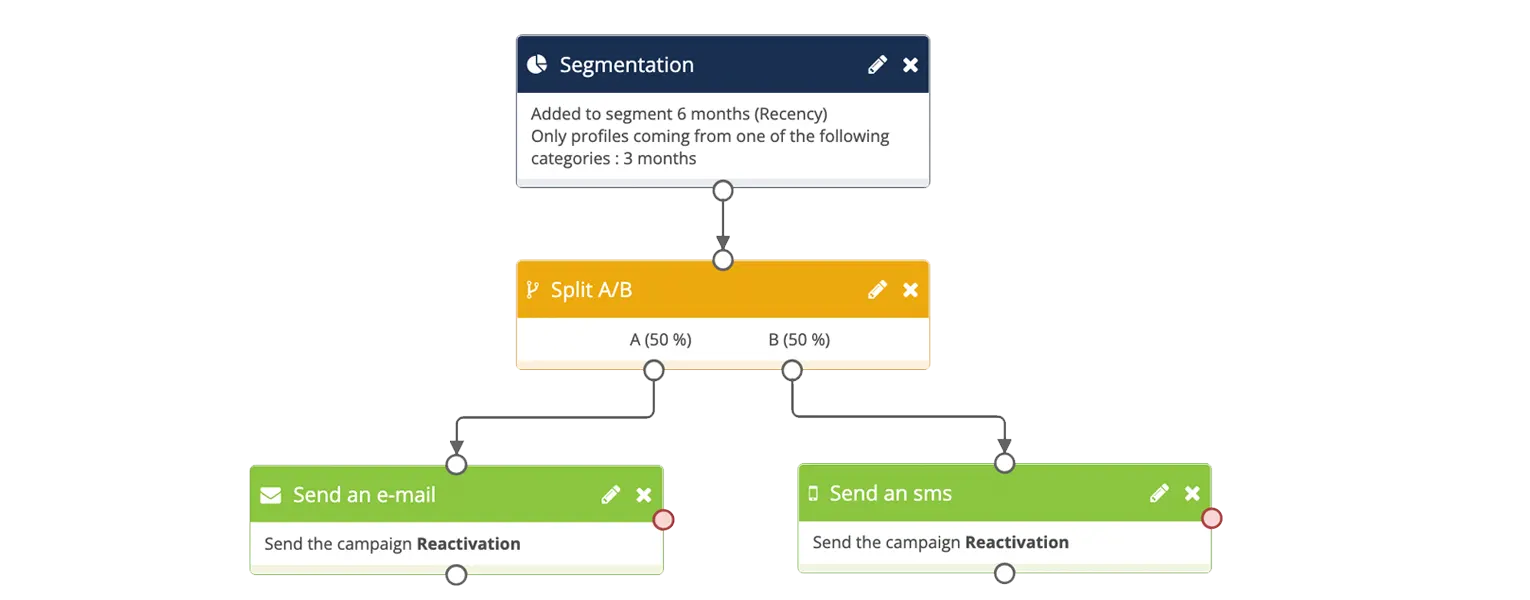
Loyalty programs aim to optimise customer retention rates by rewarding regular customers and creating a sense of belonging. The retention rate is the opposite of the churn rate. By increasing your customers' retention rate, you effectively decrease the churn rate. It's mathematical!
Developing a loyalty program is an effective strategy for preventing customer attrition. It encourages customers to stay engaged and renew their purchases.
A tip: offer rewards, discounts, or exclusive benefits to loyal customers to increase the effectiveness of your loyalty program.
There are different types of loyalty programs. To learn more, check out our article 10 Customer Loyalty Programs with Examples.
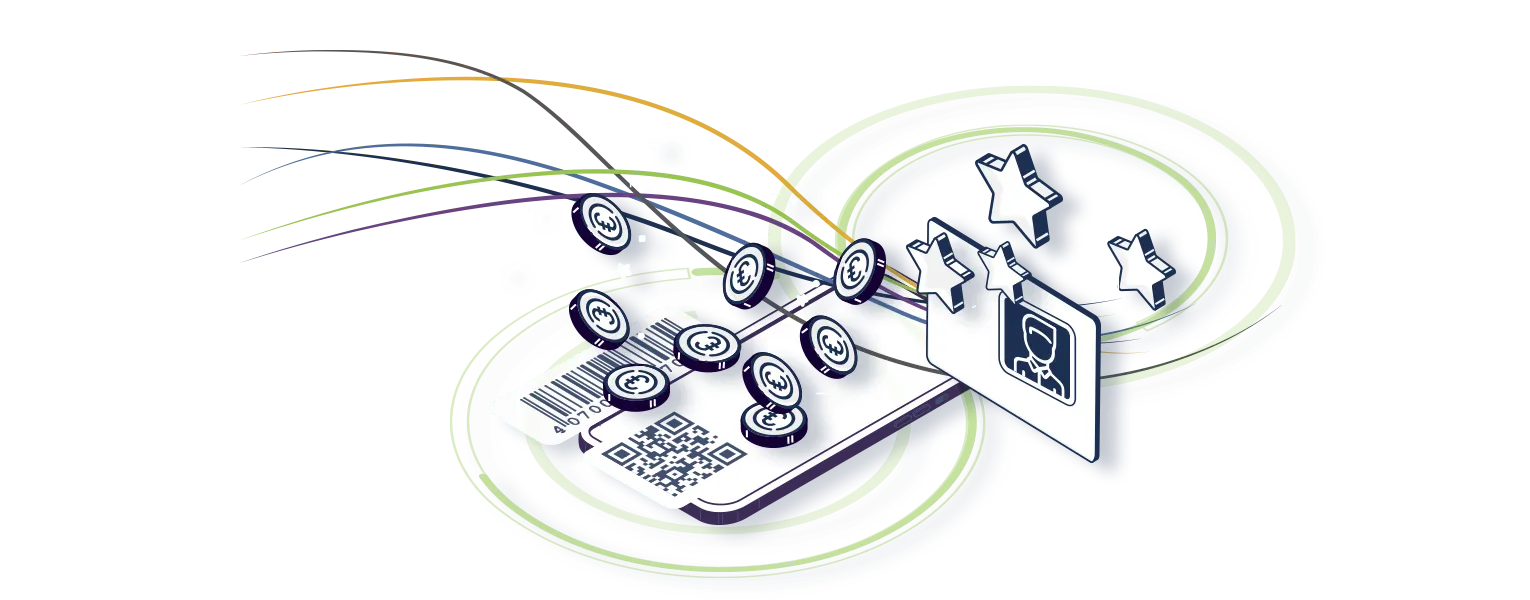
Content marketing is currently enjoying a golden age, with an expansion of formats and distribution channels. Delivering relevant and useful content to your customers that addresses their concerns, challenges, needs, and interests is always a winning retention strategy.
Blog posts, videos, case studies, newsletters: multiply the opportunities to educate, entertain, or inspire your customers!
We've seen earlier that there are several signals for detecting a risk of attrition. Listen to these signals by actively monitoring your customers' behaviour and implementing preventive measures to intervene before your customers become inactive or leave your brand entirely.
These measures could involve automated scenarios aimed at reinvigorating the engagement of customers at risk of churn.
Examples of relational scenarios:
Send a personalised email to customers who have expressed dissatisfaction in a survey. This email could include an invitation to discuss with a customer service manager.
Send an exclusive offer to customers showing a decrease in activity to renew their interest in your service.
Send a short satisfaction survey to customers who have reduced their purchase frequency or engagement, to understand the reasons. You can offer them a discount or loyalty points in exchange for their participation.
Call a customer who has expressed their discontent to resolve the issue and demonstrate your commitment.
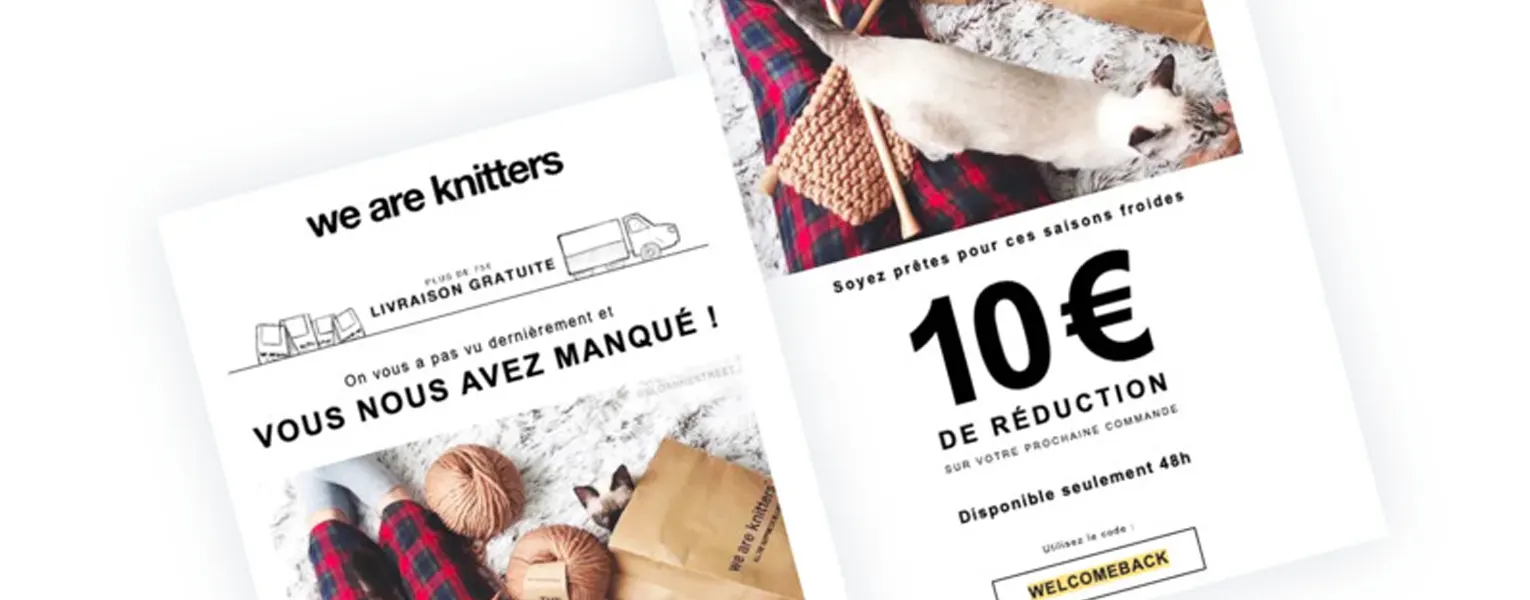
Offering quality customer service is crucial for retaining your customers and reducing the customer churn rate. If you want to reduce churn, you need to ensure that your customer service is easily accessible, responsive, and effective—that is, capable of quickly resolving the issues customers face.
The quality of customer service has a decisive impact on the overall quality of the customer experience. We cannot stress this enough! Quality customer support can turn negative experiences encountered by customers on their journey into positive ones. Phone, email, live chat, social media: diversify support channels to make it easier for your customers seeking contact.
Combating churn involves a combination of several preventive (and curative) strategies, as well as understanding the causes of churn and listening to the various signals indicating a risk of churn. We have reviewed the main tools at your disposal.
The fight against churn is inseparable from a strategy to optimise customer retention. We strongly encourage you to make combating churn (and for customer loyalty!) one of your priority marketing objectives. The goal is the steady and sustainable growth of your company. You won't achieve it if a significant portion of your customers regularly leaves the ship.
To extend your reading, we invite you to discover how the media Libération succeeded in deploying its multichannel anti-churn strategy using solutions offered by Actito.